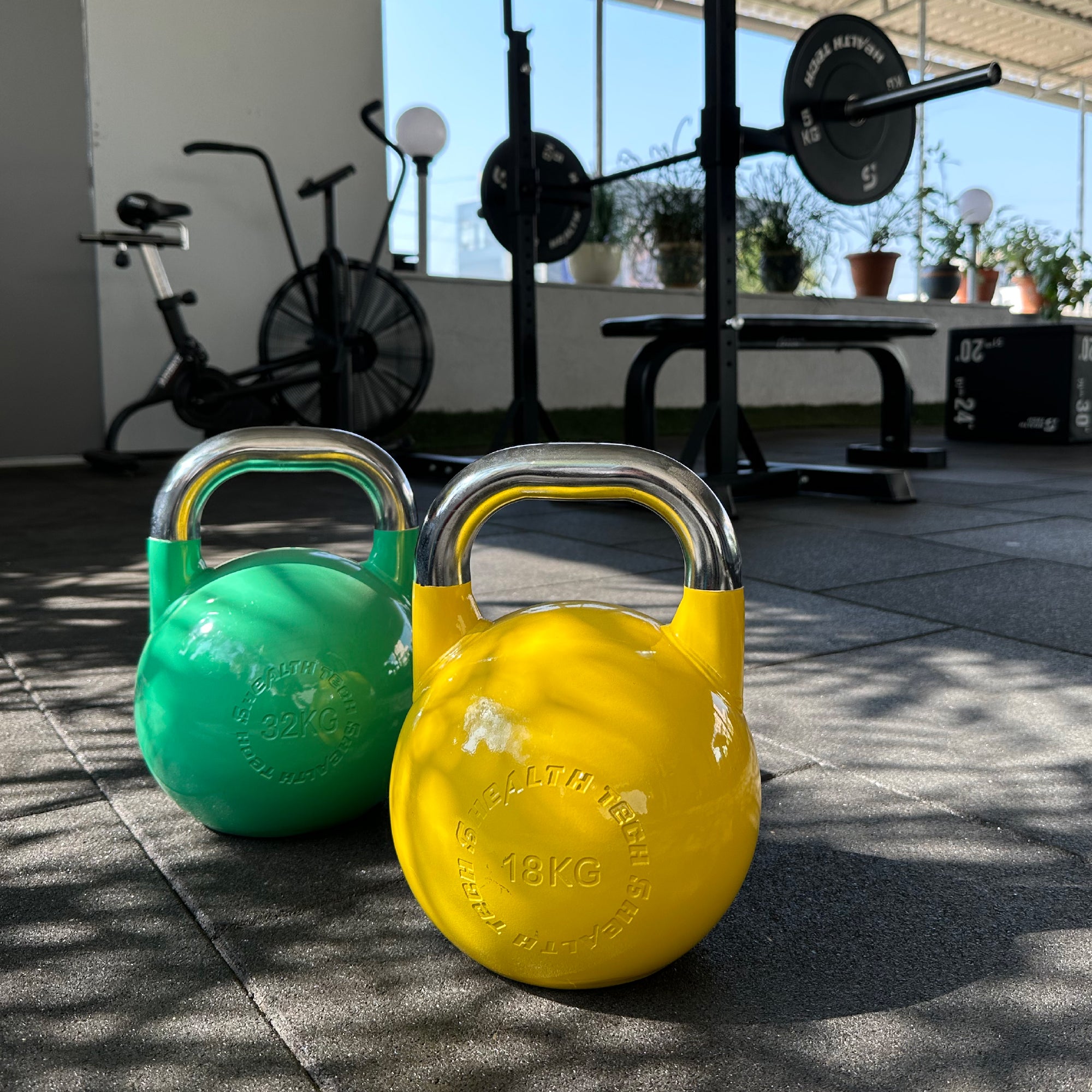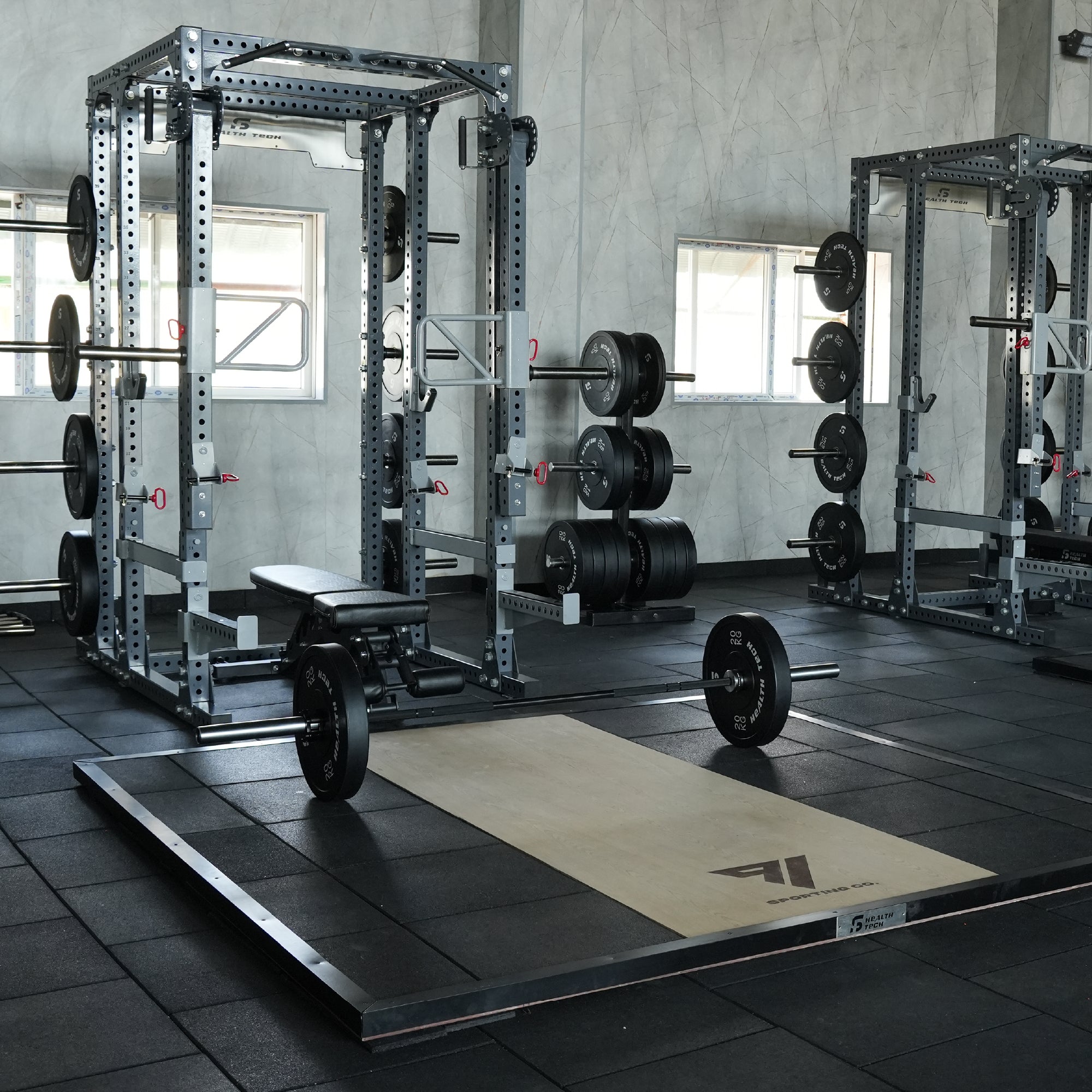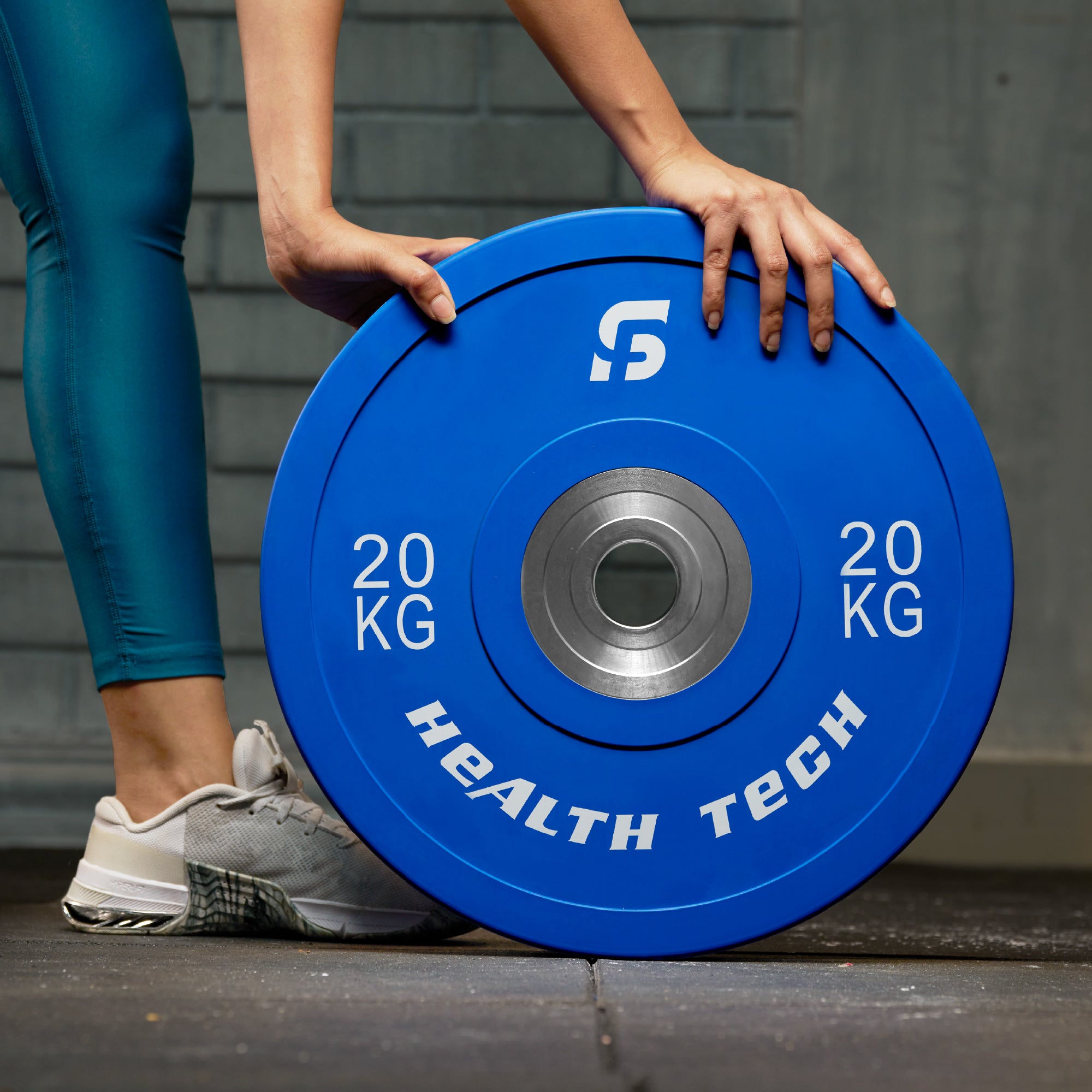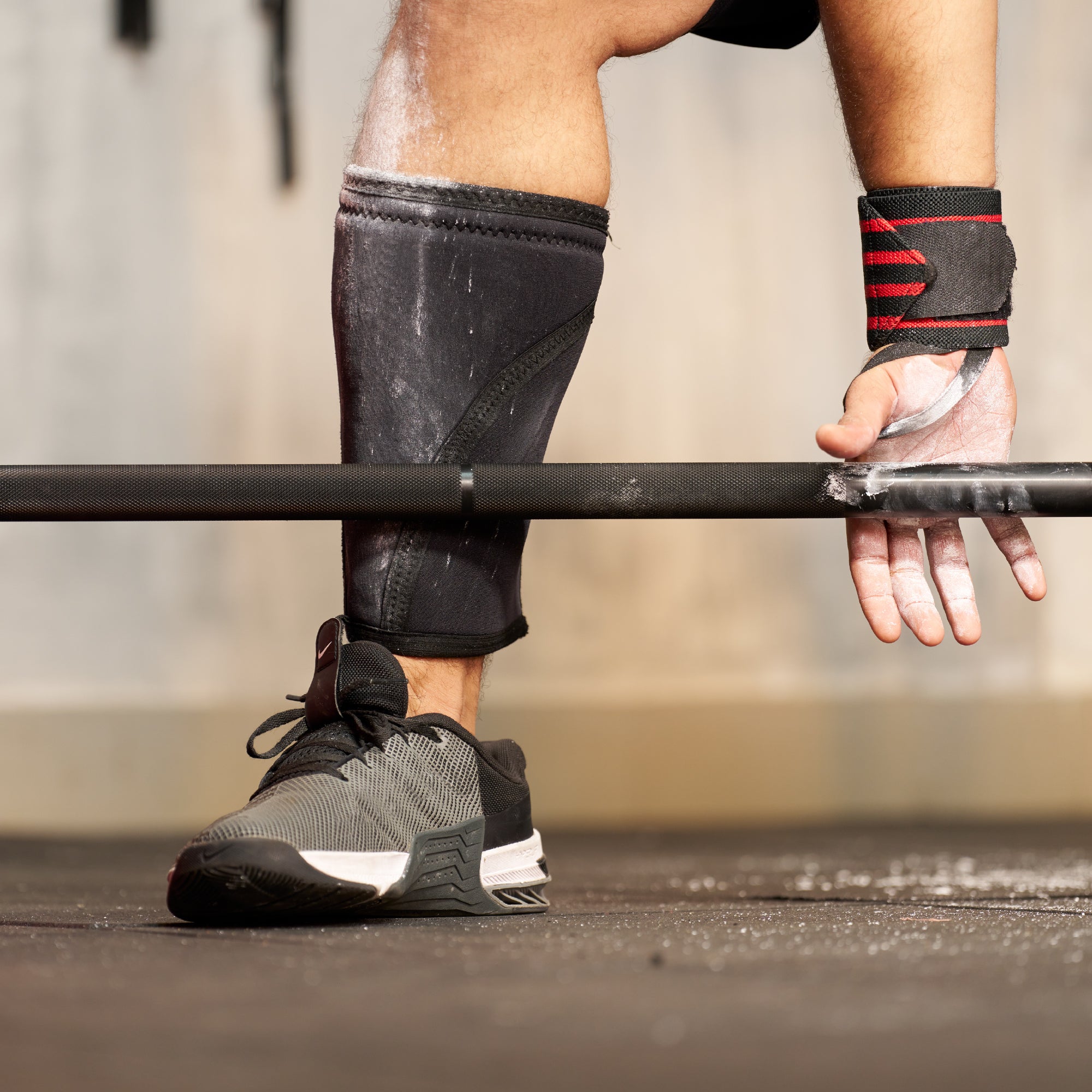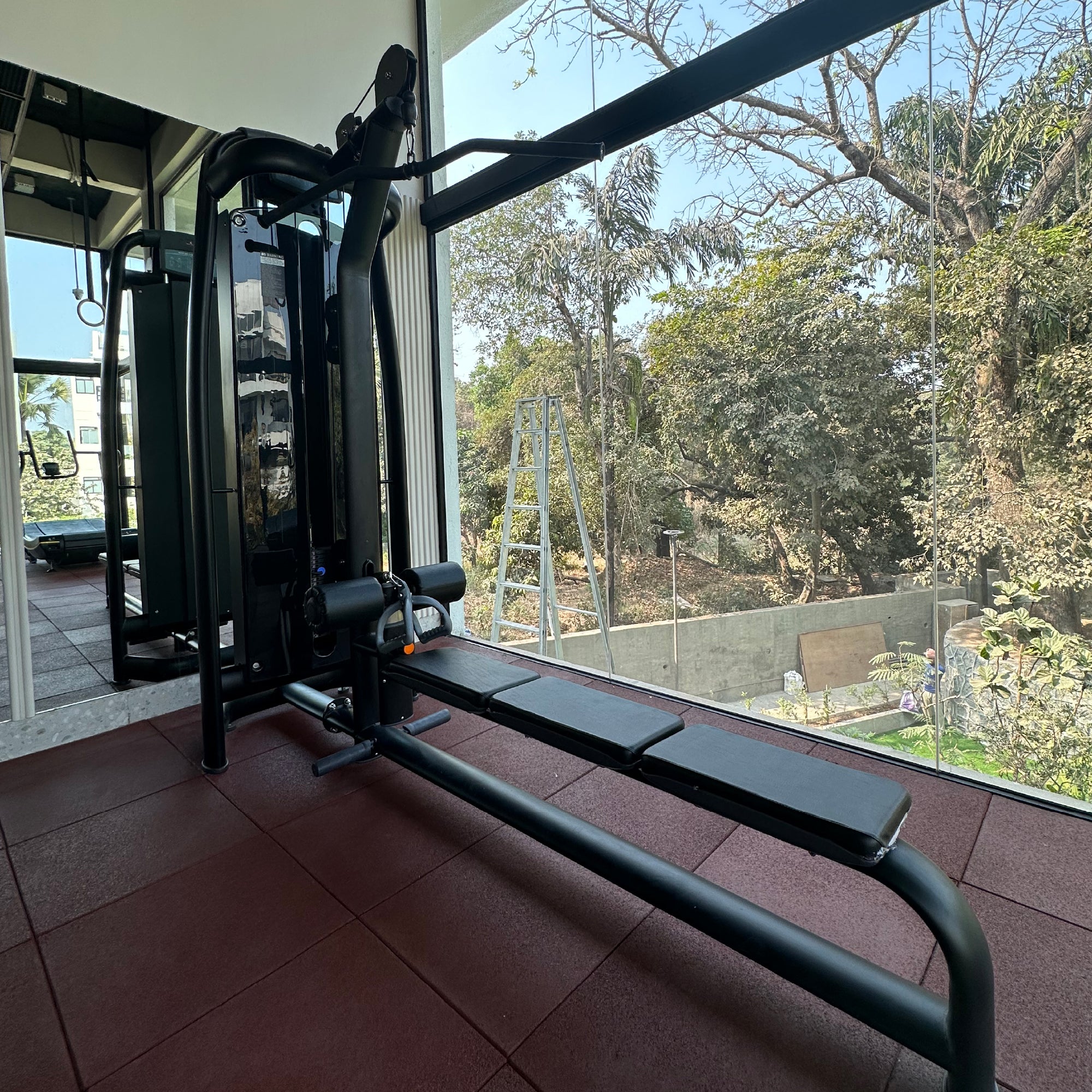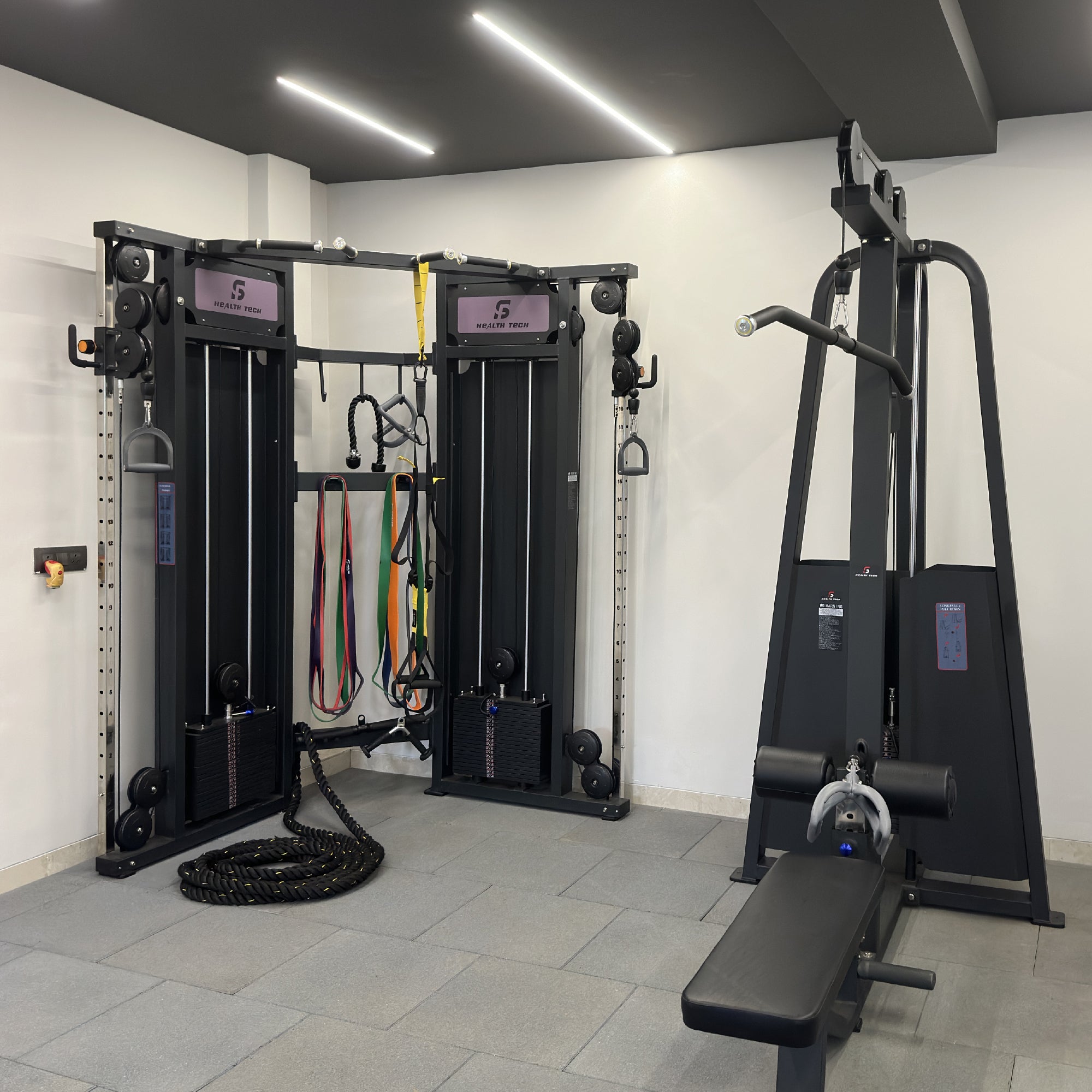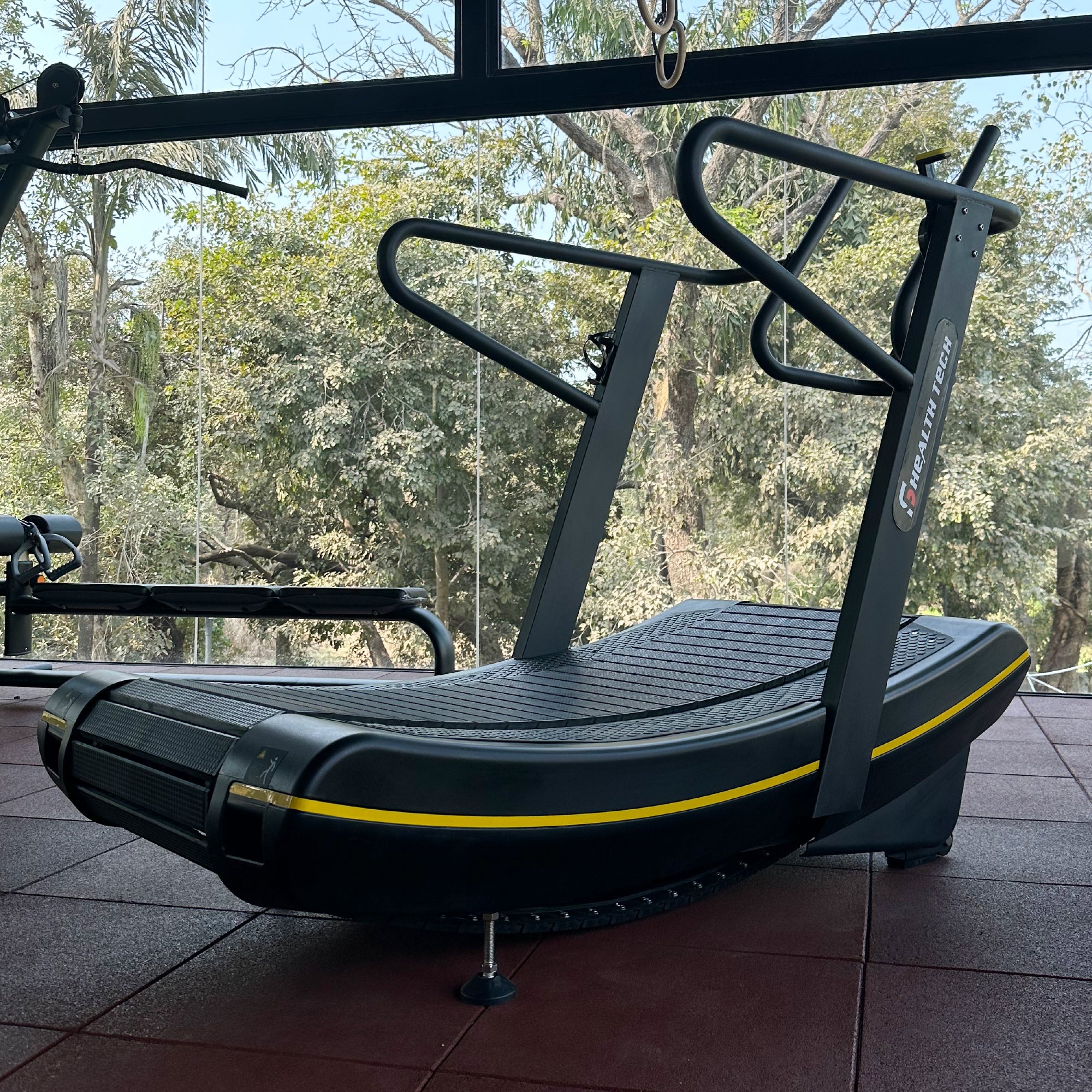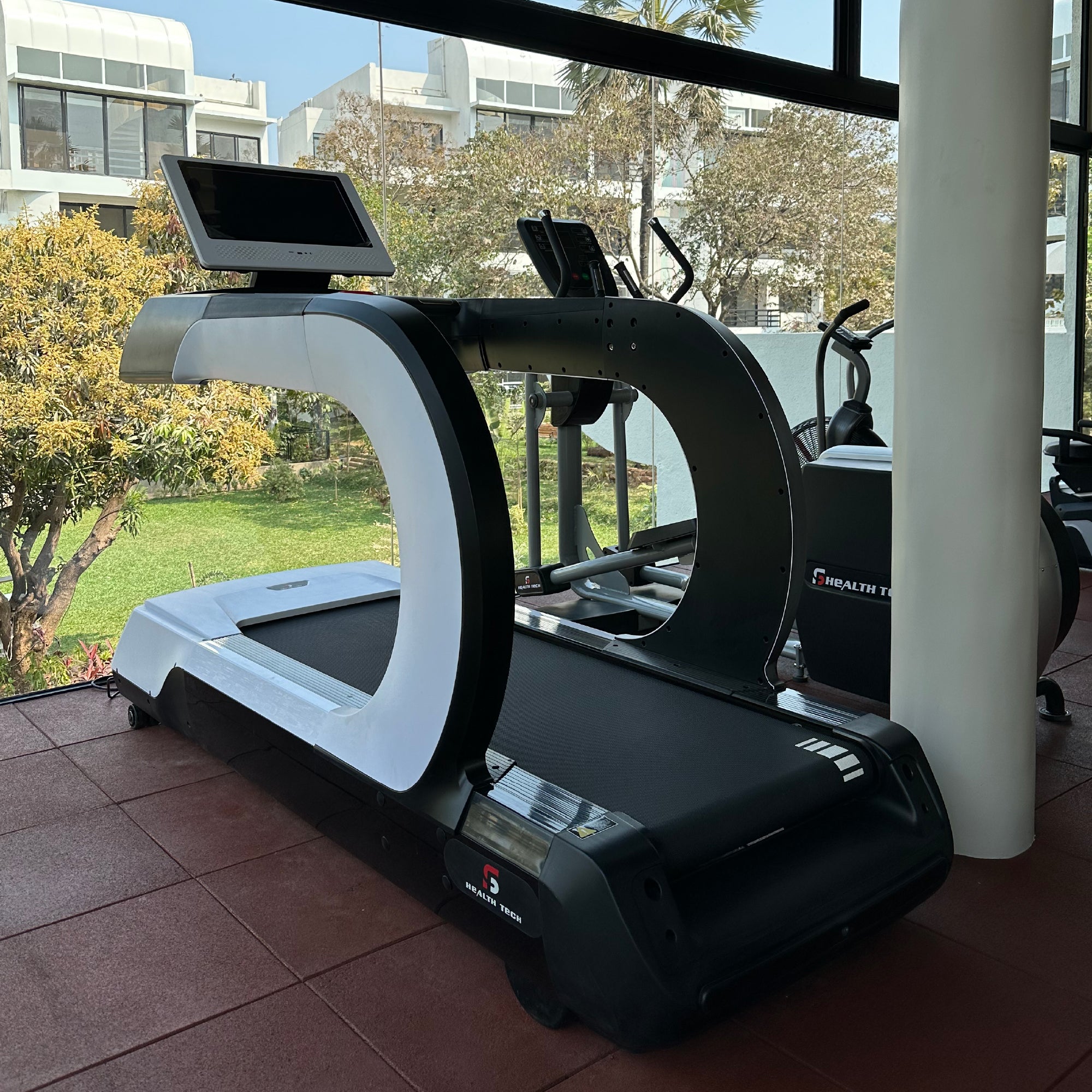11 Different Types of Squat Variations
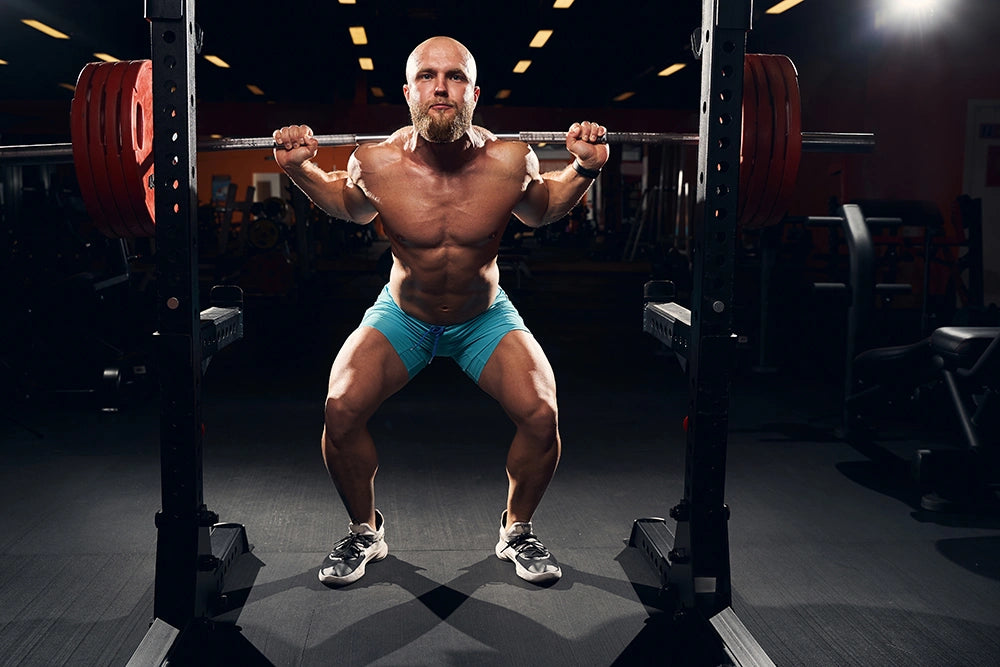
A squat is when a person lowers their hips from a standing position and then returns to standing — it's a compound movement that builds lower body strength which is also versatile. Squat exercises help develop muscle strength in the lower body by working on various joints and muscle groups at the same time; they, in turn, enhance your physical strength and functionality as a whole.
Squats predominantly target the muscles in the front of the leg and the glutes but they involve other muscle groups as well. The position of your feet and how low you go when squatting can determine which other muscles, such as hamstrings and adductors, get activated. Now let’s dive into the benefits of squats for your body!
What Muscles Do Squats Work?
Here’s a quick rundown of what muscles are you working when you squat:
- Quadriceps: Frontal thigh muscles that play a vital role in your squat motion during the upward phase.
- Glutes: Hip extensors, these are your butt muscles engaged while squatting.
- Hamstrings: Posterior thigh muscles supporting knee flexion and hip extension.
- Adductors: Inner thigh muscle group responsible for leg stabilization.
- Calves: Lower leg muscles aiding stability and motion during the squat exercise.
- Core: consisting of abdominal and lower back muscles— is crucial for posture and balance.
Feeling the burn in those muscle groups? Fantastic, because we have only scratched the surface!
How to Do Squats?
Let’s break down the basic squat step by step:
- Stand with your feet shoulder-width apart and your toes pointing slightly outward.
- Engage your core and keep your chest up while looking straight ahead.
- Lower your body by bending your knees and hips, pushing your hips back as if sitting in a chair.
- Keep your weight on your heels and avoid letting your knees extend past your toes.
- Descend until your thighs are parallel to the floor or as far as your flexibility allows.
- Push through your heels to return to the starting position, straightening your legs and squeezing your glutes at the top.
Got it? Try a few reps now to get the hang of it. Remember, practice makes perfect!
11 Different Types of Squats to Try
Ready to mix things up? Here are 11 squat variations to keep your workouts exciting and effective:
-
Bodyweight Squat
All you need is yourself! No equipment is necessary— just your body weight as resistance. An ideal choice for those who are new to this exercise.
-
Jump Squat
Looking to inject some dynamism into your routine? Opt for the jump squat; lower yourself into a squat position and then propel upwards with explosive force upon reaching the bottom. A great option for enhancing cardiovascular stamina.
-
Barbell Front Squat
Position the barbell in front of your shoulders while performing this exercise. It places significant emphasis on your quadriceps and core muscles— consider starting off with a lighter weight to familiarize yourself with the balance aspect first.
-
Barbell Back Squat
A staple in any leg workout! Position the barbell on your upper back and squat down to target your glutes, hamstrings, and lower back muscles.
-
Dumbbell Squat
Hold the dumbbells by your sides or bring them up to shoulder height. This alternative provides more room for maneuver compared to barbell squats which means you can focus more on balance.
-
Split Squat
Take one step forward with one foot while keeping the other foot behind; then squat down. This particular variation puts more emphasis on your quads while helping you improve your balance as well.
-
Hack Squats
Using a machine, rest your back against a mat and press the weights with your legs. This isolates your quadriceps and takes the pressure off your lower back.
-
Sumo Squats
Take a wider stance with your toes pointed outward. This squat works your inner thighs and glutes more effectively.
-
Single-Leg Squats (Pistol Squats)
Are you adventurous? Try squatting on one leg with the other leg extended forward. It's challenging but great for balance, strength, and flexibility.
-
Bulgarian Split Squats
Put one foot on a bench behind you. Focus on your quadriceps, glutes, and hip flexors.
-
Goblet Squats
Lift a dumbbell or kettlebell to chest height. This beginner-friendly squat promotes good posture and works your core and upper body.
Which one will you try first? Remember, variety is key to keeping your workouts effective and fun!
Safety Tips
Safety first! Here are some tips to ensure you’re squatting safely and effectively:
- Only lower yourself as far as you feel comfortable: To avoid injury, don't push past your flexibility limits.
- Make sure you have a solid foundation: Position your feet correctly and maintain balance throughout the movement.
- Look ahead: Focus on a point directly in front of you to maintain proper posture.
- Maintain your posture: Engage your core and avoid leaning too far forward.
- Lift only as much weight as you can handle: Start with lighter weights and gradually increase weight as you gain strength.
- Activate your core: Maintain a strong core to support your lower back and improve stability.
Follow these tips and you'll be squatting like a pro in no time!
By incorporating different types of squats into your fitness routine, you can build muscle strength, improve balance, and increase flexibility. Whether you're a novice or an experienced lifter, there's a squat variation that's right for you. Prioritize safety and proper form to maximize your workout.


